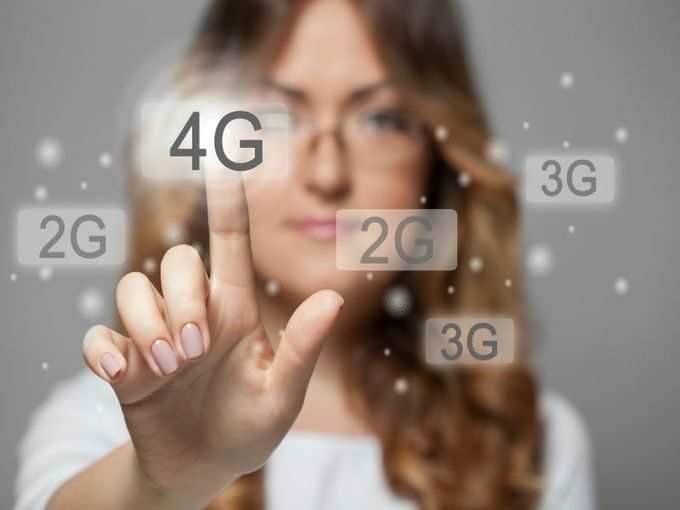
Ever since the smartphone revolution started, its growth has been unabated. Increasingly, there are more mobile internet users than on a desktop and maybe a day would come when there will be only smartphone internet users.
Irrespective of the platform, one thing is certain, consumers will demand services that are better and faster and that too at affordable prices. In this unstoppable quest for speed and quality of telecom services, now we have fourth generation networks, or 4G communication networks.
Bharti Airtel, India’s largest telecom, recently announced rolling out of 4G services in 296 towns and Reliance Jio is expected to offer it by this year end.
This means, with 4G you can shop, pay bills, watch videos, do live equities trading with more clarity and less buffering. Simply put, 4G speeds up the internet experience — it’s a better highway to drive on and the speed here is almost five times that of what you get on 3G networks. The 4G networks are built to handle mobile internet and data efficiently. As a result users get faster and reliable connectivity.
Internet uploads and downloads becomes fast and with 4G, data access — YouTube videos, downloading movies, mobile TV experience etc, gets better and there’s a very visible impact on productivity. Basically anything to do with data will download at a faster rate. Millions of users are already reaping the benefits of 4G in countries like the US, UK, Germany, Japan, Korea, Singapore and others.
4G coverage can go as far as 30 miles, offering a wider network range when compared to other internet services. On security and privacy as well, 4G is far superior over other networks. Combine this with a data offload strategy into Wi-Fi hotspots and the sort of ubiquitous connectivity that consumers are increasingly seeking may become a reality.
If closely monitored and timed, downloading a song will take 2.5 seconds on 4G when compared with 3G, which will take at least 10 seconds. Downloading a full Bollywood movie will take about 9 minutes on 4G, while it takes about 42 minutes to an hour on 3G networks.
Users will be able to watch cricket matches and replays and also catch up with action across sporting events at 2016 Rio Olympics or any other sport without buffering. That’s simply because download is much faster. On 4G speeds can reach up to 100 mbps compared to 20 mbps on 3G.
Already, the increasing data consumption in India points to users wanting to do more on smart devices and here 4G will be of immense benefit. The recent quarterly numbers of Bharti
According to recent industry reports, the number of mobile web users in India is expected to grow around 28% annually from 2013 to 2017, to reach 315 million by end of 2017. The high speed 4G networks will transform user experience of internet on the go with uninterrupted video streaming and super quick downloading of movies, music, images and more.
The economic impact of 4G will be immense — as productivity improves there will be a positive impact on the country’s GDP, like it has witnessed in developed countries. 4G will create thousands of new direct and indirect jobs as well in areas of network management, 4G device manufacturing, services and support.
Given that India is a very price sensitive market, operators will be offering innovative plans to keep 4G costs within reach of the masses. As early adopters migrate to 4G and experience benefits of faster speeds, more people are likely to shift to the faster networks.
Studies reveal that only about 13% of India’s 943 million mobile subscribers use 3G services. According to the
(The article is written by Nigel Eastwood, CEO, New Call Telecom Ltd)
